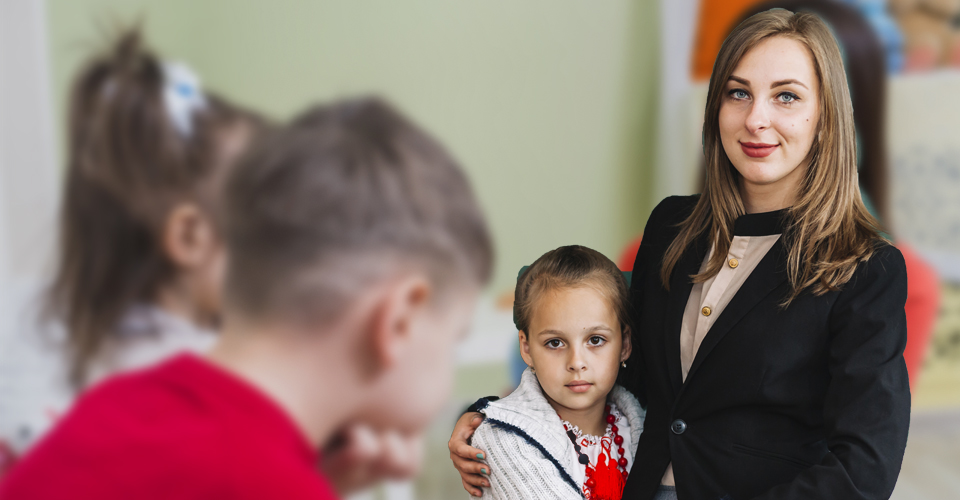Flip The Class To Arrange And Make Them Stay Focused
6th February 2019

It is really a matter of confusion when you have very little option to manage the class. All you have to do is plan, plan and pre-plan. Even, at times, that won’t satisfy your daily classroom needs. You constantly have to search for the well-being of your class. Basically, working for the primary learners isn’t an easy task, rather would require you to brainstorm hard!
Why is it that difficult?
Coming back to the basic fact is the basic obligation of being a teacher is to search and bring out the best from every student. Yes, you read that correct every child has a beautiful side to connect and respond to the entire ‘education network’ in a unique way. So the format every time should be changed, to make the child de-stress, break the mundane. All your creative insights should work like an alarm clock!
Introducing the Flipped Manner…
Just to make things work, teachers with some advance quirks of pre and primary teacher training certificate course the flipped classroom learning came into focus. But to many educators, they are clueless of what exactly it is. Basically the idea or concept flipped classroom is very much connected with the use of technological innovation and changes that is in constant within the education domain. However, the idea is partially true. To define it better, the definite concept of flipped classroom has its features or one can say it actually date back to the traditional sequence of teaching and learning.
“The flipped classroom describes a reversal of traditional teaching where students gain first exposure to new material outside of class, usually via reading or videos, and then class time is used to do the harder work of assimilating that knowledge through strategies such as active learning.”
Use of newer strategies….
- Making a proper orientation had the primary teachers gain adequate knowledge about the latest technological applications. Say they have been using PowerPoint presentation, or online learning packages where motion graphics grabs the attention of the learners.
- Gamification turned the leading masters of education completely switch the balls within the class. Therefore, planning would mean that you need to allocate the resource, say tablets or electronic device and find a separate activity session where the young learners actively participate in the sessions. Passive learning is denounced in this respect.
- Time too is another key factor as you are supposed to prepare a separate hour to all the existing session, including the reading listening, writing domain (part of the communicative learning and development process).
- Bloom’s taxonomy learnt after undergoing the pre and primary teacher training certificate course would require you to understand all the learning and development process other than the cognitive one. For instance, to work on the maths class is the best arrangement and planning where the teacher would assistance children to find out of the missing number. The quiz format is great tool.
Bloom’s revised taxonomy came into initiation by the year 2001. Gaining knowledge, comprehension are two main cognitive levels. The students need to break each level of difficulty one at a time. The arrangements are from simpler to higher levels. Another key focus will be the four key components – application, analysis, synthesis and evaluation. These components are relevant to make the students find a relationship among each other and establish a rapport with the trainers as well. This model has a contrasting feature with the traditional model in which “first exposure” occurs via lecture in class, with students assimilating knowledge through homework; thus the term “flipped classroom.”
